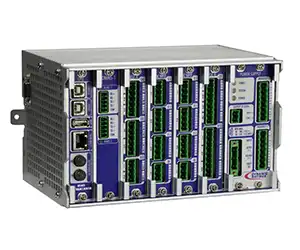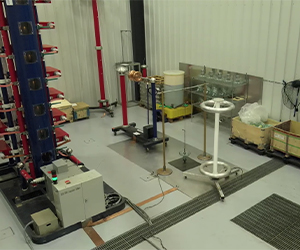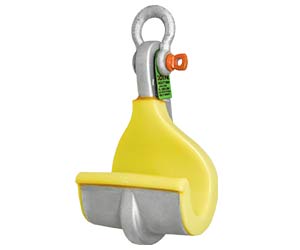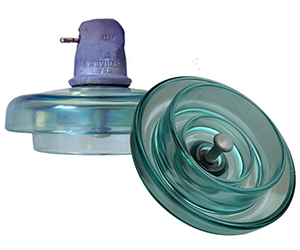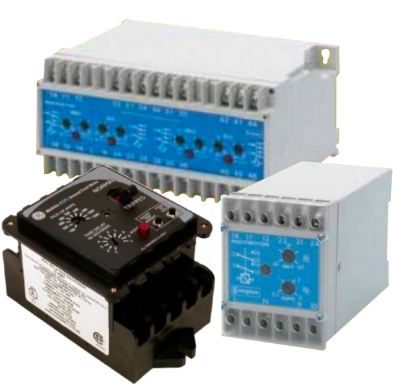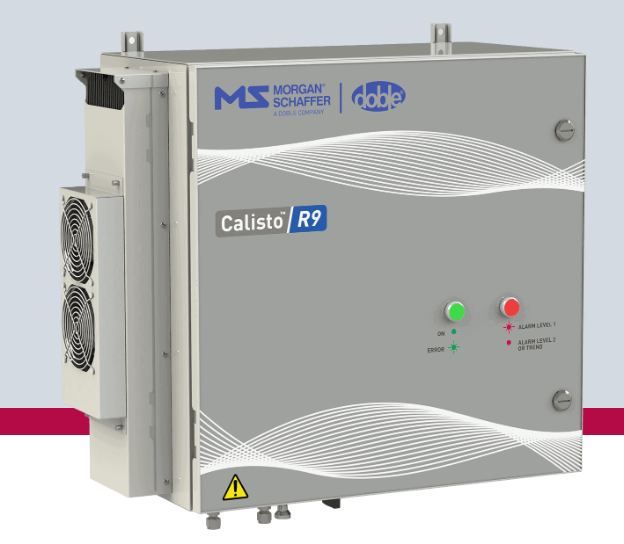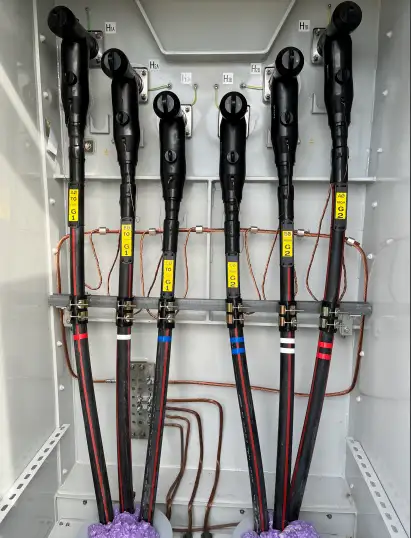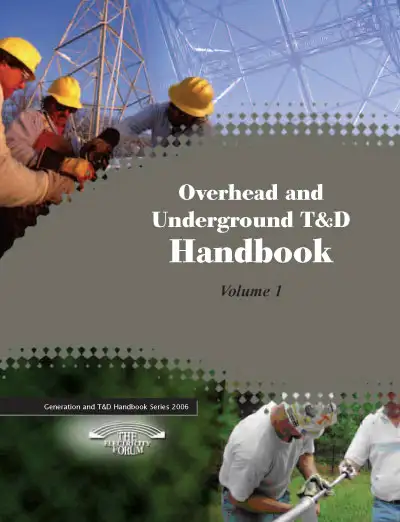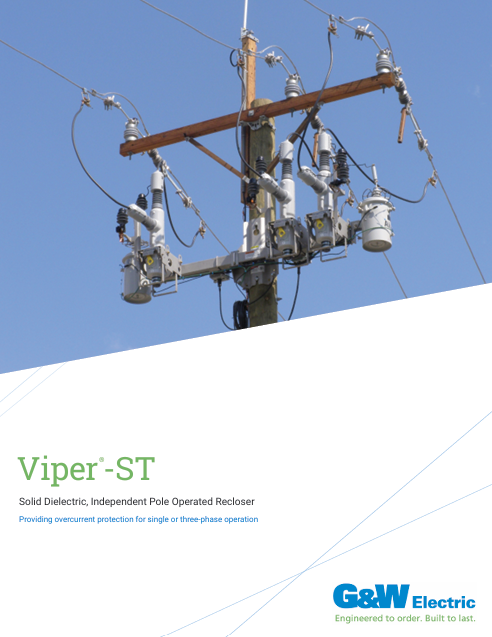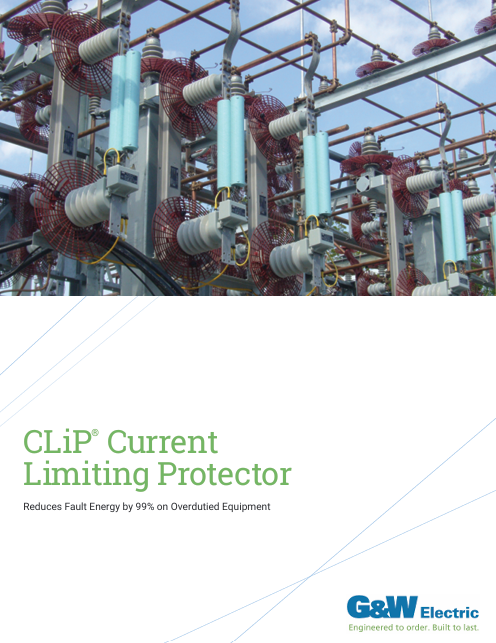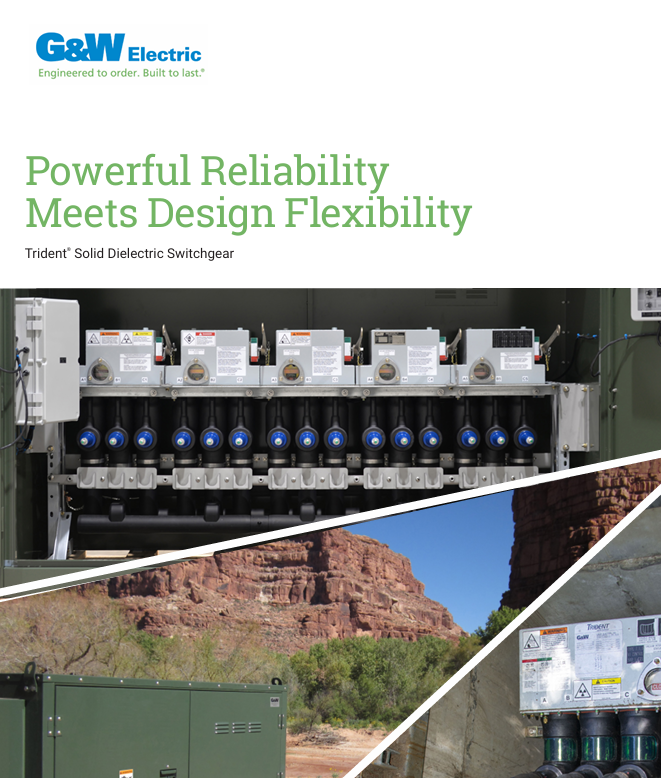Transmission Lines Explained

Transmission lines are crucial in delivering electric power from generating stations to consumers. These vital power system components ensure that electrical energy reaches homes, businesses, and industries efficiently and safely. This article explores transmission lines' fundamentals, types, materials, and environmental impact.
Types of Transmission Lines
There are two main categories of transmission lines: overhead and underground. Overhead lines, the most common type, are suspended above the ground using transmission towers. These structures facilitate electric power transportation over long distances at high voltage levels. Overhead lines are cost-effective and easy to maintain but can be visually unappealing and susceptible to weather-related damage.
On the other hand, underground power cables are buried beneath the ground and are generally used in urban areas or environmentally sensitive regions. Although less prone to weather-related issues and more visually pleasing, they are more expensive to install and maintain.
Understanding the Functioning of Transmission Lines
Transmission lines are responsible for carrying electrical energy from power generation facilities to substations located near consumers. These lines consist of conductors typically made of copper or aluminum. The conductors are designed to have a specific cross-sectional area to accommodate the flow of electrical current without causing excessive power losses or overheating.
The flow of electrical energy along transmission lines is subject to certain natural phenomena, such as electromagnetic fields, which can influence the line's performance. Engineers design transmission lines with a specific characteristic impedance to minimize these effects and ensure efficient power transmission. This parameter measures the line's opposition to alternating current (AC) flow at a particular frequency.
Minimizing Transmission Line Losses
Power losses along transmission lines are an important concern in electrical engineering. These losses occur due to the resistance of the conductors and can lead to decreased efficiency and higher operational costs. Therefore, engineers employ various techniques to minimize line losses, such as selecting low-resistance conductors, optimizing conductor size, and using higher voltage levels for long-distance power transmission.
Materials Used in Transmission Lines
Conductors for transmission lines are commonly made of copper or aluminum, both of which offer good conductivity and mechanical strength. The choice of material depends on factors such as cost, availability, and environmental considerations. Transmission towers are typically constructed from steel or aluminum, offering strength and durability while minimizing weight.
Environmental Impacts of Transmission Lines
The construction and operation of transmission lines can have significant environmental impacts. The visual effects on landscapes and the potential harm to wildlife, such as birds colliding with conductors, are key concerns for overhead lines. Electromagnetic fields produced by transmission lines have also raised concerns about potential health effects on humans, although research has not provided conclusive evidence of harm.
In contrast, underground power distribution lines have a smaller visual impact and pose fewer risks to wildlife. However, their installation can disturb ecosystems and contribute to soil erosion. Additionally, the materials used in transmission lines and towers can have environmental consequences, such as the energy required for their production and waste materials disposal.
Comparing Underground and Overhead Transmission Lines
Both overhead and underground transmission lines have their own set of advantages and disadvantages. Overhead lines are more cost-effective and easier to maintain but are more susceptible to weather-related damage and have a greater visual impact on the environment. Underground lines offer aesthetic and environmental benefits but are more expensive to install and maintain. The choice between the two options largely depends on budget, location, and ecological considerations.
In conclusion, transmission lines are essential electrical grid components, enabling the efficient distribution of electric power across vast distances. Understanding these lines' types, materials, and environmental implications is crucial for making informed decisions about their design, installation, and maintenance. Engineers and planners can develop transmission infrastructure that balances cost, efficiency, and environmental concerns by considering all relevant factors.
Ensuring electrical energy's continued and efficient flow is paramount for modern society. The various transmission lines, such as overhead lines and underground power cables, have unique benefits and challenges. We can work towards more effective and sustainable power distribution solutions by understanding the materials used, the way transmission lines function, and the potential environmental impacts.
The role of transmission lines in the electrical grid cannot be overstated. As technology advances and our reliance on electricity grows, it is increasingly important to understand these essential components thoroughly. Through diligent research and continuous innovation, we can continue improving the efficiency and sustainability of our power systems, ensuring a reliable and secure electricity supply for generations to come.
Addressing the questions and concerns surrounding transmission lines can promote greater awareness and understanding of this vital aspect of our power infrastructure. As we seek innovative solutions for efficient power delivery, we can look forward to a future with more sustainable and environmentally friendly electrical transmission systems.
Transmission lines are an integral part of the electric power system, critical in delivering electrical energy from power generation facilities to consumers. Understanding the various aspects of transmission lines, such as their types, functioning, materials, and environmental impact, is essential for the ongoing development and maintenance of efficient and sustainable power distribution infrastructure. As we continue to advance in our understanding and innovation, the future of transmission lines promises increased efficiency, sustainability, and reliability for future generations.
On-Site Training
Interested in cost effective, professional on-site electrical training?
We can present an Electrical Training Course to your electrical engineering and maintenance staff, on your premises, tailored to your specific equipment and requirements. Click on the link below to request a Free quotation.
EF PARTNER MEDIA
Videos
Product Showcases
Shared Media

